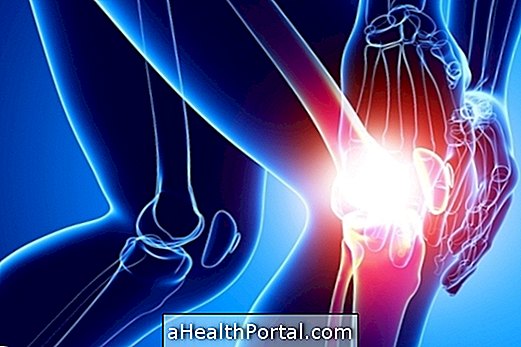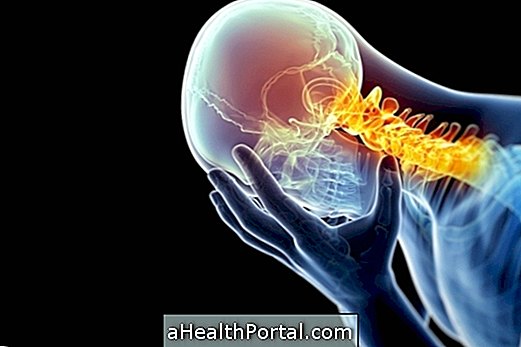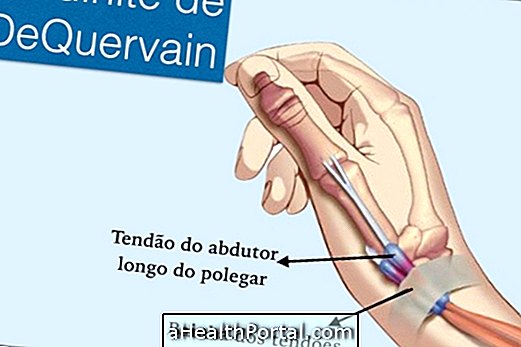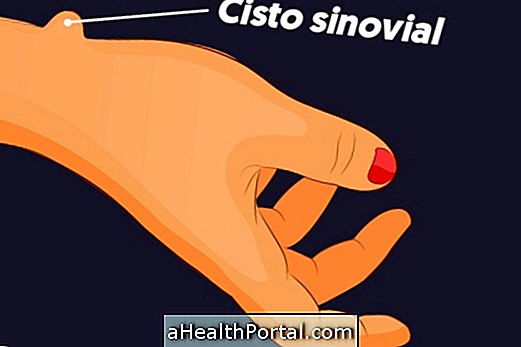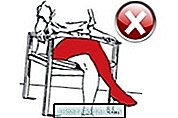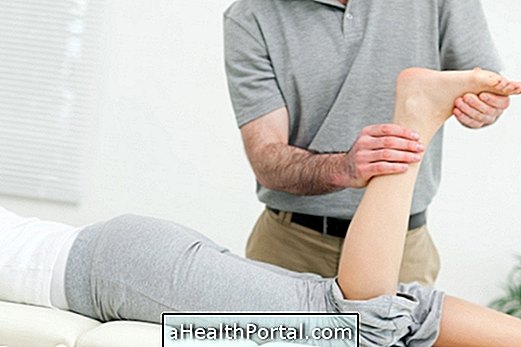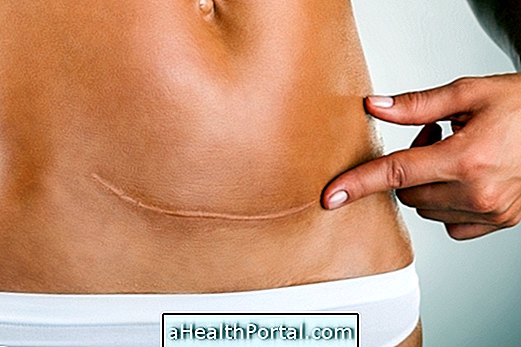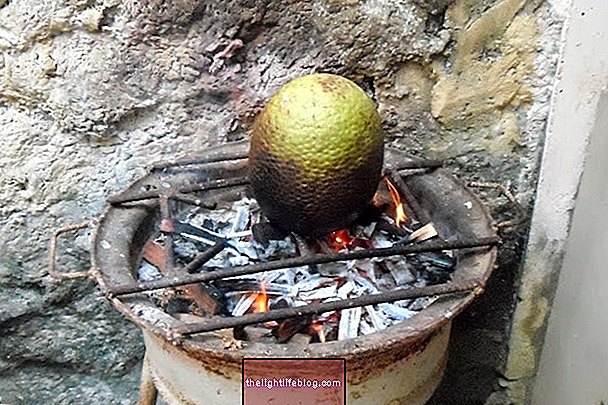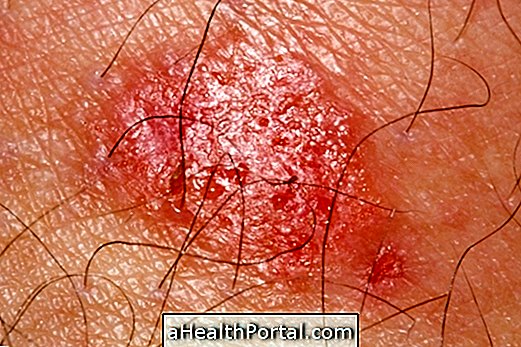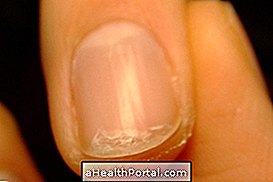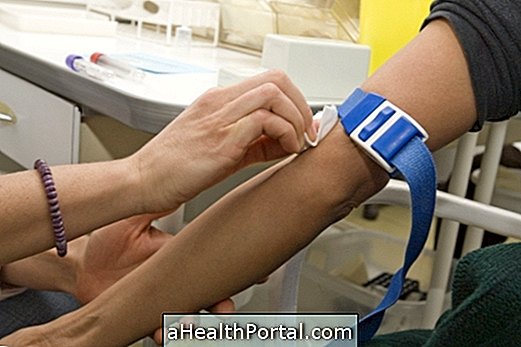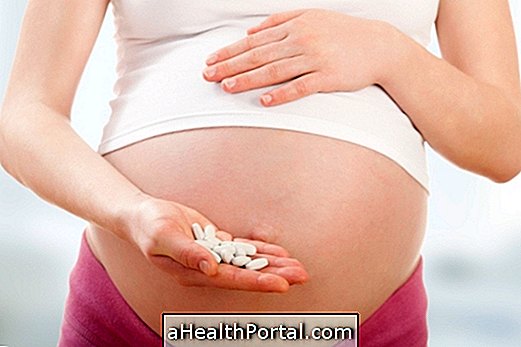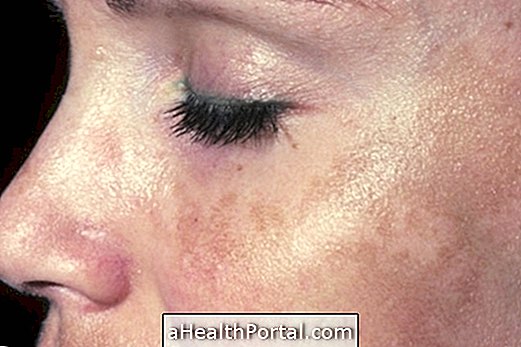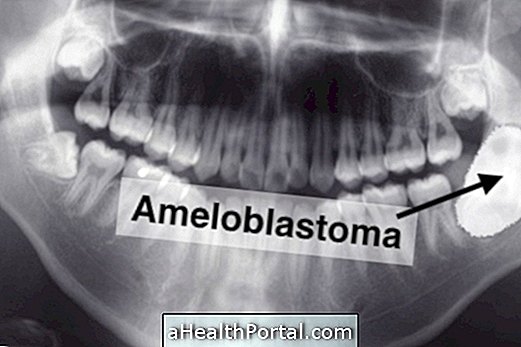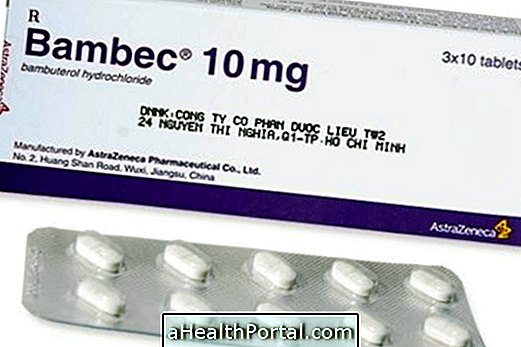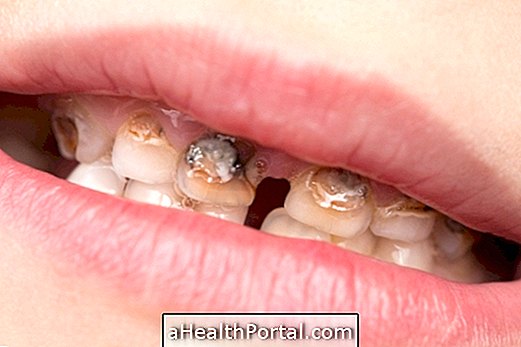The medial epicondylitis, or golfer's elbow, is inflammation in the tendons of the wrist flexors. This usually happens in people who exercise heavily, farmers, after a gardening session on a weekend, or people who engage in some physical activity on a constant or repetitive basis, such as darts, American football or baseball, for example.
What are the Symptoms of Medial Epicondylitis
![]()
Symptoms of medial epicondylitis include:
- Pain in the elbow in the innermost region when the arm is stretched and the hand is facing up. The pain can manifest all the time, but it usually gets worse when you try to screw something, do weight training or do any other movement similar to playing golf;
- Feeling of lack of strength when holding a glass of water, turning on a tap, or shaking hands;
- There may be a tingling sensation in the forearm or fingers.
There is no need to perform tests, because the pain is localized and quite characteristic, so it is easy for the doctor to arrive at the diagnosis. However other causes should be evaluated, such as medial collateral ligament injury, ulna neuritis, fracture and muscle strain, for example.
How is the treatment done?
One of the simplest and most effective treatments for cases where elbow pain happens after a gardening episode over the weekend is rest. Stopping the activity that gave rise to symptoms for a few days is usually enough to fight the pain.
The use of anti-inflammatory ointments such as Diclofenac may be indicated for pain relief. The ointment should be used under doctor's instructions, about 2 times a day. Avoiding carrying heavy bags is also important for pain relief, but putting ice packs between 7 and 15 minutes can also be a good home-based strategy. When these home treatments are not enough, physical therapy can be indicated, especially if it makes the work and the day to day life of the person difficult.
In physical therapy, resources such as tension, ultrasound, laser, stretching exercises of the wrist flexors, strengthening of the shoulder, application of tapes of Kinesio tape for a faster improvement, besides the deep transverse massage, as shown the following video:
![]()
When pain and discomfort persist for more than 6 months, the physician may indicate injections with anesthetics and steroids at the exact site of pain. Another possibility is extracorporal shock waves, which consists of placing a device that emits ultrasonic waves in the sore spot for about half an hour. This facilitates the regeneration of the tissues, and there is improvement of the pain in a short time. Learn more about shockwave therapy.
The recovery time varies according to the severity of the injury and the type of activity that the person has, which can be from 8 weeks to more than 1 year.
